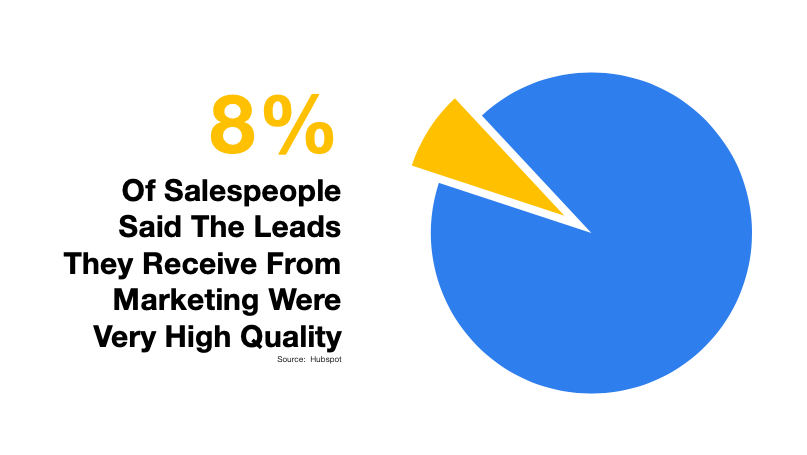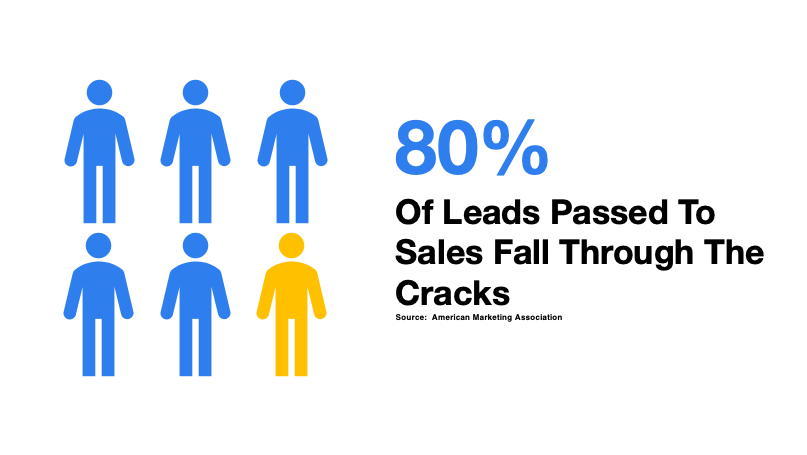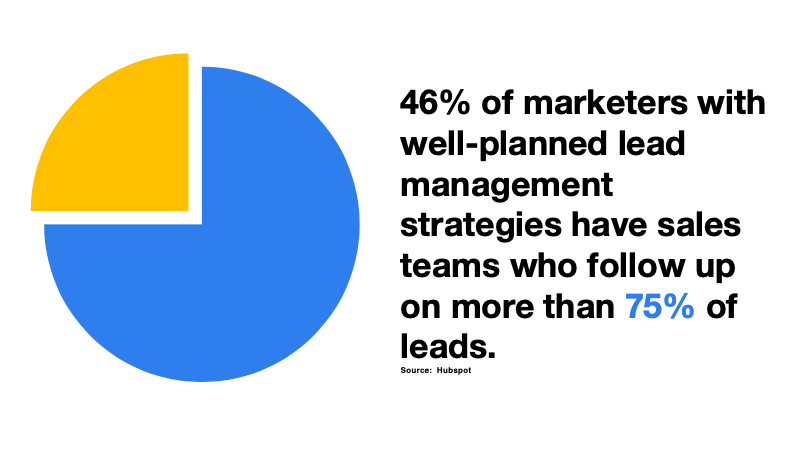Lead management for manufacturers and their channel partners is no easy task. At the manufacturer level, aggregating and organizing sales leads can be an arduous process, and subsequently formatting and cleaning those leads can be even more time-consuming. But even once these leads are cleaned, qualified and ready to distribute, most manufacturers don’t have a streamlined process for routing them to their channel partners, which can result in delays, frustration, miscommunication, and worst of all, missed sales opportunities.

At the channel partner level, underqualified, poorly formatted leads will make it unattractive for your partners to act on these potential opportunities, and a complicated process for receiving those leads will only further discourage their participation. Since 76% of distributor principals rated sales leads as “most valuable” in their selling process, it’s important for manufacturers to consistently supply their partners with a steady stream of high-quality leads in a user-friendly format that encourages swift follow-up and enables easy feedback. However, it’s not as simple as it sounds.
Leads Require Extensive Formatting & Cleaning
One of the biggest lead management challenges manufacturers face is the state of the leads themselves. Most manufacturers generate leads from a variety of different sources like their websites, tradeshows, digital advertising, or their customer service teams, and each source comes with its own nuanced approach for categorization and management. A lead generated from a digital advertising campaign might only contain high-level, non-contextual information like a name and email address, while a lead generated from an online parts configurator might contain very specific, intent-signaling information like engineering specifications or project timelines. Because of the unique data discrepancies associated with different lead sources, it’s important for manufacturers to be able to aggregate & format their leads uniformly without comprising these important data intricacies.
Since each source has the potential to provide vastly different qualities of lead data, manufacturers often generate leads that aren’t considered “sales-ready” – either crucial details like contact information or location are missing, or the lead lacks enough buying signals to verify if it’s worth being passed to sales. As a result of this, manual lead research and/or further qualifying need to occur, both of which can be time-consuming and difficult if the lead lacks the basic data necessary to facilitate these activities. In fact, sales reps waste 546 hours a year on average due to bad data.
There are a few solutions to combat these data inadequacies, the simplest being lead nurturing through a marketing automation platform. However; marketing automation can be expensive, and engagement programs can take long periods of time to generate any meaningful data. The quicker alternative lies in data appending, with some data management companies able to make a lead “sales-ready” in as little as 8 hours.
Manually Sending Leads Is Time-Consuming
A recent study from the Harvard Business Review shows that 47% of leads are contacted more than 24 hours after the initial customer inquiry, greatly diminishing the probability of making a sale. If it’s taking your organization longer than 24 hours to send leads to your channel partners, you’re most likely losing out on more opportunities than you think.
But why does it take so long for leads to be sent to distributors? Often times, manufacturers don’t send individual leads one at a time, but rather in bulk on a weekly or monthly basis. While this might be objectively more efficient, it’s a large reason why 80% of leads passed to sales fall through the cracks. Additionally, as mentioned above, leads often get held up in nurturing programs or CRM systems, meaning it could take weeks for a lead to be even ready to send to channel partners.
Since 75% of sales go to the company the follows up first on the lead, getting leads into your sales channels’ hands as quickly as possible is imperative in driving new opportunities. The best way to do this is by automating the lead routing process, which can increase revenue by 10% or more in only six months.
No Feedback On The Results Of Leads
After a qualified lead has been passed to a distributor for follow-up, manufacturers typically have no insight into when, or if, the lead is even being contacted. Additionally, they have no way of knowing if a lead resulted in a sale, the value of the sale, or if the lead was even qualified in the first place. Without a system in place to hold distributors accountable for lead feedback, the only way to get information from your channel is through manual, one-to-one solicitation. This antiquated form of open-loop communication is naturally an ineffective way to keep track of your leads and encourage sales, and even if you spend the time to accost your partners, there’s usually no disincentive in if they choose to ignore your requests.
The obvious solution to combat this lack of feedback would be the use of a CRM system; however, due to expensive user licensing, most distributors don’t have access to manufacturers’ CRM platforms, and even if they did, getting channel partners to log in and report on every single lead they receive is extremely challenging – especially when working with larger distributors who receive leads from dozens of different manufacturers.
In order to effectively drive distributor participation and their feedback, manufacturers need a simplified lead management solution that enhances, not disrupts, the sales process.
Can’t Measure ROI of Marketing Activities
High quality leads, quick routing, and robust feedback are all extremely important factors that drive an efficient lead management process, but all of those elements mean nothing if manufacturers cannot measure the overall financial impact of their lead generation & marketing spend.
Are leads generated from tradeshows your highest returning opportunities? If, so which tradeshows are providing the best leads? Are leads from your outbound email campaigns performing better than leads generated from your website? Most manufacturers don’t have a process in place that can answer these types of questions, and as a result, determining the ROI on their marketing spend is near impossible.
27% of marketers say securing enough budget is their top marketing challenge, and marketers that calculate ROI are 1.6 times more likely to receive higher budgets. That being said, manufacturers who want better ROI need better visibility into their entire marketing and sales funnel, especially at the distributor or channel partner level. A system that enables sales partners to provide data back through the funnel can help manufacturers not only achieve a better ROI but also allow them to forecast sales on activities outside of their organization.
Are you an industrial manufacturer facing any of these lead management problems? Are there other challenges not listed here? Leave a comment below with challenges specific to your organization or solutions you’ve discovered to help alleviate some of these difficulties.



